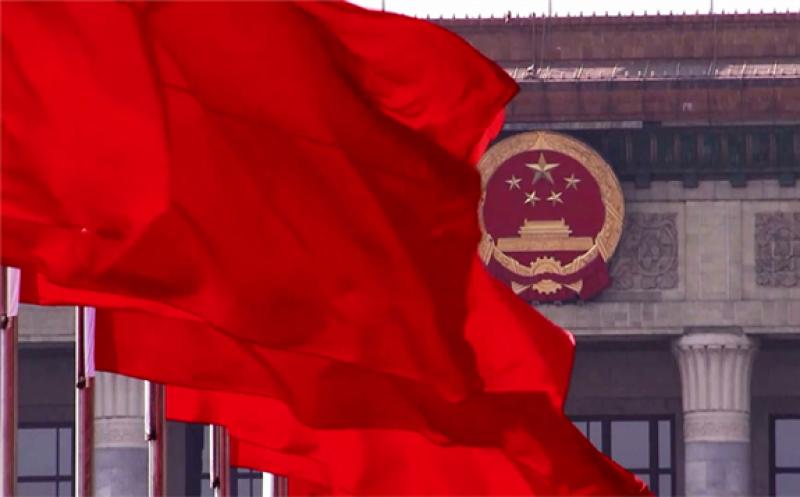As we slide towards the end of the weird and monstrous year 2020, we are beginning to see that much of the future will indeed not look like the past - like an arrow shot through skin does not reverse out with the same simplicity but leaves changes that will stay forever.

China fits into this role. A lot has happened in 2020 which cannot be put back in the bottle and be forgotten. Not least are the U.S. - China relations. The leather and leather using industry has very much been shaped by free trade over the last one hundred years. The U.S. tariffs came as a shock, but even if a new President quickly removes them, which seems unlikely, China has identified powerful underlying sentiments and will respond.
Some of that response we will see in its upcoming 14th Five Year Plan (2021-2025). Since 1953, these plans have been by far the most important guide to China’s economic and social development. Business leaders learn not to adopt strategies that do not align with it, and since the arrival of President Xi Jinping, central control has been strengthened in this regard. The Plan will be introduced in the spring, but we already have the President’s “FYP Explanation” which elaborates the policy path to be adopted.
These documents tend not to deviate too much, but rather evolve. Yet, just as when the move against pollution was introduced, they can have big implications for industry, including leather. This one looks to be similar in as much as the major theme is one of Technical Development.
This reflects recognition that the U.S. now sees China in a less friendly light, so China must start developing technologies alone, and it looks like R&D will take on a bigger, more determined role. Mostly aimed at areas like semiconductors and communications technology, one anticipates that this seriousness will permeate into the leather sector where there has been a volume of research over the years, yet, not much of usable value. Expect this to change, although leather should not be an area of great secrecy.
China has been famous for its economic growth, depending heavily on exports in many sectors where it has 70% of the world market. Hearing talk of over-dependence on a single country supply, China is now pushing the concept of a "dual circulation" model with a focus on "internal circulation" or effectively, doing more to build up the domestic market. As labour became both more expensive and more sophisticated, this was happening anyway, but with a market of 1.3 billion, China is setting out over the next five years to develop it fully.
Since this does not involve abandoning exports, this dual approach should mean that Western tanneries already established in China can, with luck, continue to do well and possibly obtain early access to some of the more advanced research thinking to add to that they already use from the west. The fact that future Chinese growth appears likely to shift from speed to quality will also fit better with the tanning sector. This opportunity to prosper should also be extended by the Green Technology aspect, which will be part of the Plan. According to President Xi Jinping, China will reduce its carbon intensity by over 65 percent by 2030 and be carbon neutral by 2060 as he prepares the ground for China’s presence at COP-26 in Glasgow. These are big targets which will require action in this and subsequent FYPs.
Given the leather industry’s general commitment to sustainability and circularity, linking with a committed government should be helpful rather than costly.
There are concerns about China, nevertheless. Just as the actions of one U.S. administration will not be easily undone by another, the decisions China has been making about Hong Kong, Taiwan and Xinjiang cannot be undone. Both Hong Kong and Taiwan have very significant historical and current roles in the leather industry and events in Xinjiang are already starting to reverberate through the fashion and lifestyle industries. When Xi Jinping came to power in 2012, the world thought that this meant China’s steady moves towards a society more integrated into the world community was ahead.
Modern geopolitics means that the 14th Five Year Plan and everything surrounding it will be of profound importance to the world leather industry.
This article is reproduced at internationalleathermaker.com